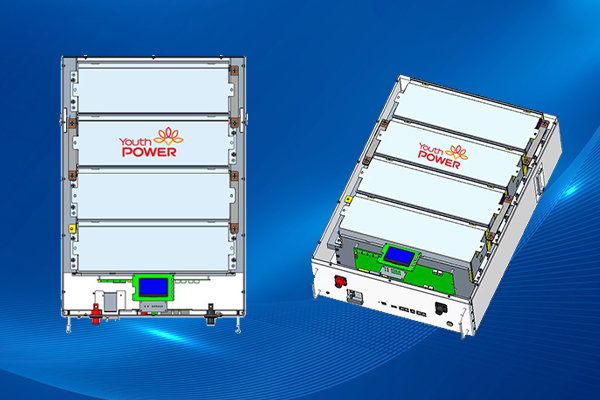Lithium battery module is an important part of the whole lithium battery system.
The design and optimization of its structure have a critical impact on the performance, safety and reliability of the entire battery. The importance of lithium battery module structure cannot be ignored. It is directly related to the performance, safety, life and reliability of the entire battery system in practical applications.
Through reasonable design and optimization, lithium battery modules can better adapt to various application scenarios, promote the development of clean energy technology, and meet the growing demand for energy storage
The structure of the lithium battery module needs to include a battery management system (BMS) to ensure that each battery cell can be charged and discharged in a balanced manner to prevent performance degradation, safety hazards and other issues caused by excessive cell voltage differences
The primary task of a lithium battery module is to accommodate and integrate multiple battery cells. Battery cells are the basic units of batteries, and modules integrate these cells to form a larger-capacity battery system. At the same time, the structure of the module needs to provide protection for the battery cells, prevent mechanical damage, overcharge, over-discharge and other problems, and ensure the safe operation of the battery. Different battery cells may have small differences in performance, such as charge and discharge rate.

Lithium batteries generate heat during charging and discharging, and excessive temperatures can adversely affect battery performance and life. The structure of the module needs to consider an effective thermal management system to ensure that the battery operates within a safe temperature range. This may include components such as heat sinks, cooling systems, and temperature sensors to maintain appropriate operating temperatures and increase battery efficiency and life.
Most important is that the lithium battery modules usually need to work in various environments and conditions, so their structure must have sufficient strength and durability. This involves the design of module casings, connectors, insulation materials, etc. to ensure that no structural damage occurs under conditions such as vibration and impact, thereby protecting battery cells from damage. Structural Strength will help for a durability on going working performance.
Let’s have a close look at YouthPOWER solar batteries structurer and know better about our technology and difference:
1)YouthPOWER Wall battery 5kwh & 10kwh inner structurer
2) YouthPOWER rack storage battery 5kwh & 10kwh
3) YouthPOWER AIO ESS solar storage inverter battery
Want a customized solution, reach our engineer team directly. Email : sales@youth-power.net
Post time: Dec-07-2023

